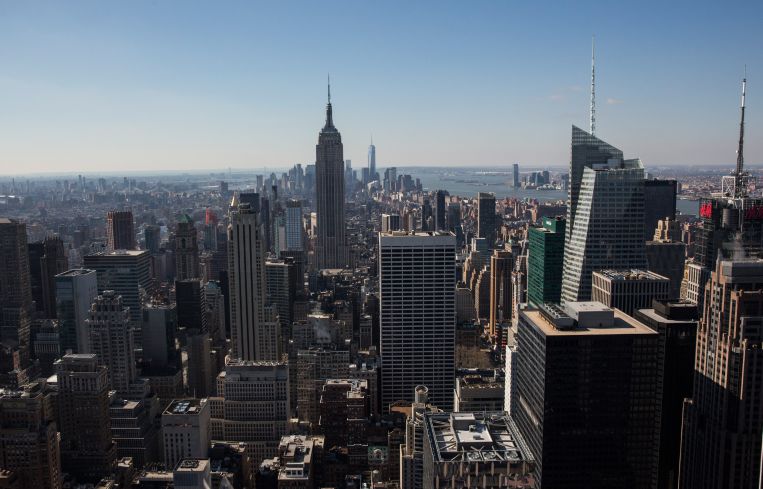Optimism Returns for Commercial Real Estate, Despite Concerns of Overvalued Assets
By Celia Young January 31, 2022 12:08 pm
reprints
Professionals in office, retail and industrial real estate are more enthusiastic about commercial real estate than they have been since 2016, despite concerns that commercial properties around the country are overvalued, according to a new survey from the Royal Institution of Chartered Surveyors (RICS), which regulates and trains chartered surveyors internationally.
The survey of more than 2,000 people, conducted from Dec. 9, 2021 to Jan. 17, 2022, found that investors in commercial buildings were more confident in the market than occupiers of those same properties.
Almost one-third of global survey respondents no longer saw physical office space as essential for a company’s success, but four-fifths of those surveyed saw an increase in demand for flexible and local work spaces, the survey found. The disparity between investors and occupiers might mean that the two groups need to communicate better, said Ann Gray, president-elect of RICS.
“I think they need to get together and talk to each other,” Gray told Commercial Observer. “I think that investors are imagining that the people are going to come back to work. Everybody I know who is an occupier says, ‘I don’t know. We’ll see.’ I think it’s a sense of reticence, whereas the investor I think tends to be a little more emotional in their approach than occupiers who actually have to tread the carpet.”
More alarming is the perception in survey respondents that commercial properties are being overvalued, with about 60 percent of them saying the valuations were out of line with their real worth.
“It’s a classic Econ. 101 [situation], where demand exceeds supply and there’s a lot of money out there. It takes a long time to build a building and real estate is seen as a great hedge against inflation,” Gray said. “It’s kind of a perfect storm for things to be overvalued right now. … And it doesn’t take very many transactions before you’ve got a data set that justifies a higher valuation.”
Investors in sectors like multifamily in the South and Western United States and industrial property in California might be willing to pay a bit more for the certainty they feel that demand will remain for those properties, but continued higher prices could create a bubble, Gray said.
But Gray didn’t think there was much danger in what she described as “gently inflated” real estate bubble popping — not without a major disruption to the real estate market. While the pandemic was one such disruption, some properties, like industrial, actually benefited from the shift away from in-person spaces like brick-and-mortar retail stores. And multifamily rents, because of their short lease terms and the red-hot residential real estate market, have room to go up quickly, she added.
Survey respondents in the United States were particularly optimistic about growth in industrial, multifamily and data centers, predicting 10 percent growth in the industrial market — which has already grown significantly during the pandemic as retailers and shoppers pivoted more to e-commerce. Industrial properties may be more vulnerable to cybersecurity threats and market disruptions, since they rely on online technology to ship and deliver goods, Gray added.
Celia Young can be reached at cyoung@commercialobserver.com.



